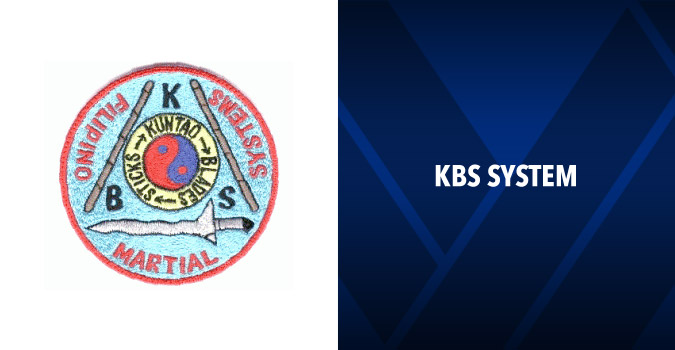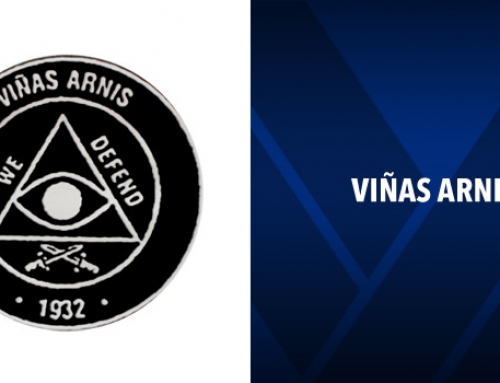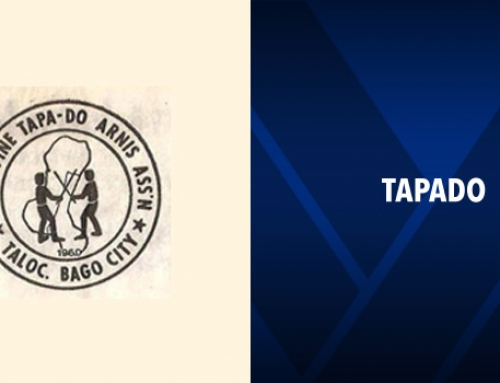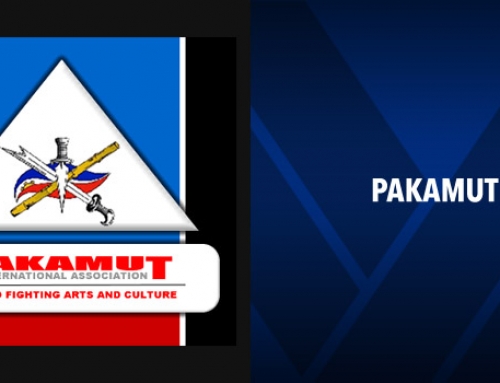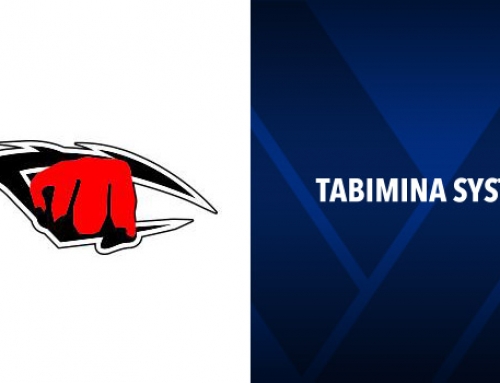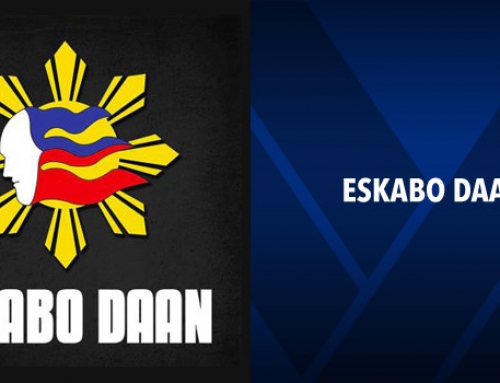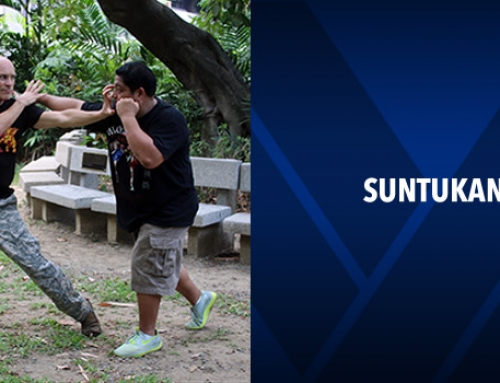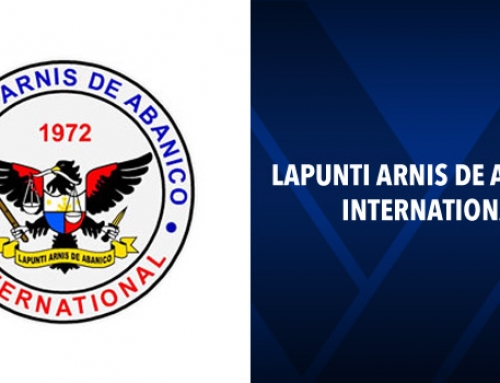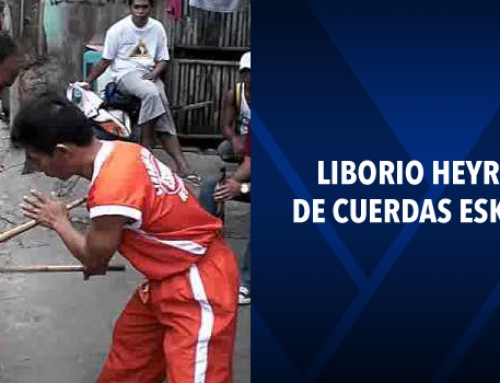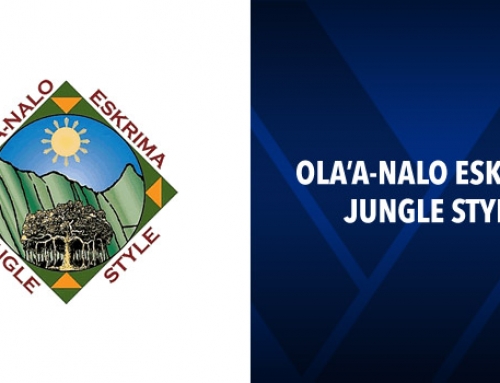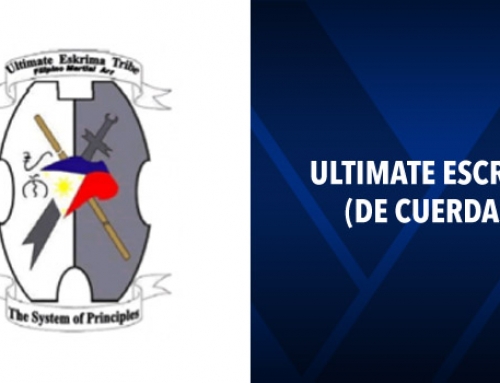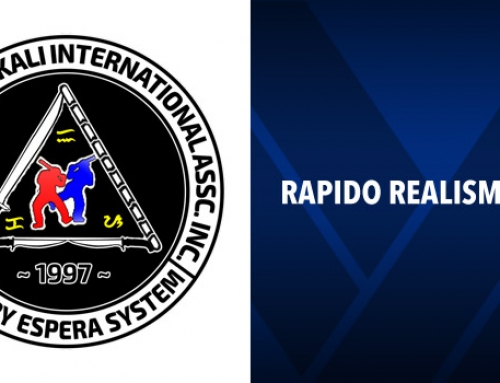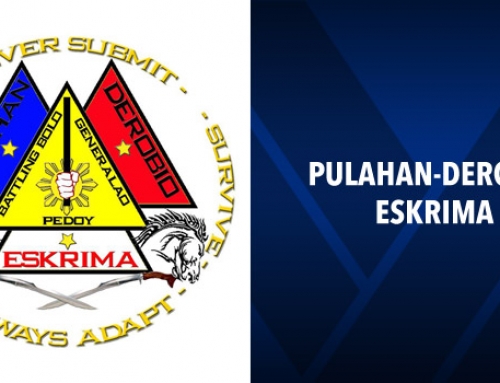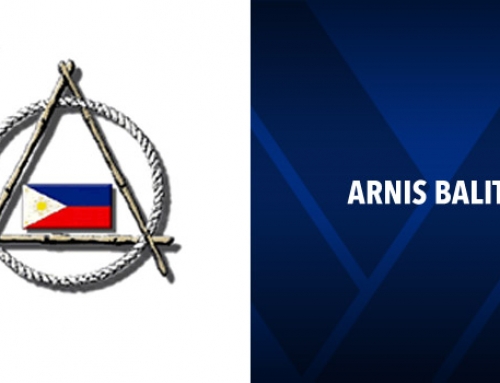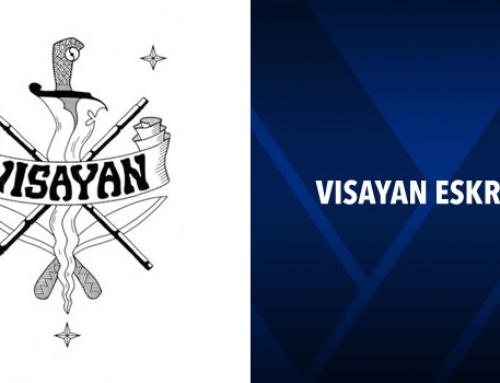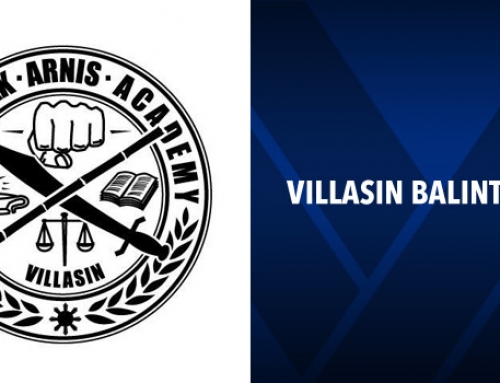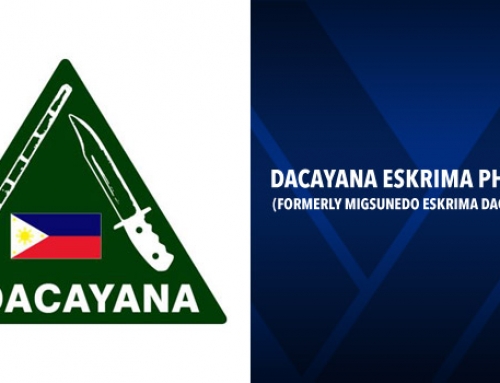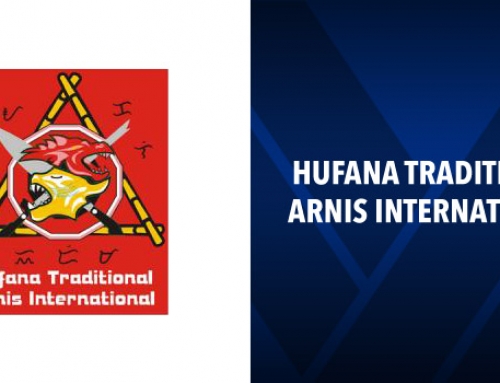KBS SYSTEM PHILOSOPHY
The philosophy of the KBS System is made up of basic principles, which all aspects of the Art adhere to. There are also some other broader principles which describe and define the overall Art.
The philosophy of the school is to attempt to stress the relevance of the Filipino Arts in relation to contemporary times while retaining the traditional/classical martial aspects of the Art. Its core concepts are based on the combative nature of the Art. In light of recent events, one can easily see the relevence of personal defence training.
The mind is emphasized above all else. Weapons are only tools to be used, and all are controlled by the mind. A practitioner of this System must learn to apply the principles and concepts of the Art effectively and efficiently, with his actions guided by the fundamental philosophy.
PRINCIPLES
The seven basic principles of the KBS System relate to all aspects of training, whether blades, sticks or empty hands.
- Everything flows from the flywheel effect of using the waist as an axle, and the entire upper body moves as one unit. There is never any drawing back or cocking to strike. Instead, learn to use the weapons that are already cocked. This creates a smoothness of motion that results in faster, more powerful techniques.
- The hands should always be working in opposite directions. If one is pushing, the other should pull. If one is extended, then the other should be close in. Palm up/palm down!
- Always go with the flow. Don’t fight against your opponent- let him fight against himself. Guide him to help you in your techniques.
- Try to make your opponent attack where you are prepared for an attack. Allow him to access your open doors, and be ready for him. Be aware of openings in your defense where he is likely to strike.
- Whenever you are in contact with your opponent, never remove a hand without replacing a hand. Always try to maintain contact (and control) until you are ready to break.
- When inside, penetrate. When outside, deflect.
- The angles of attack of swords, sticks, knives and empty hand techniques may be the same, but the defensive responses are NOT the same. As the characteristics of the weapons change, so must your defense.
CONCEPTS
These eight basic concepts (as taught by GM Abner Pasa of the Warriors System) are universal to all arts, but many have not noted them.
The first four relate to the individual and the tools necessary to develop one’s fullest potential
- Awareness: One must continually appreciate events and happenings that are going on around him at all times. As a consequence, nothing is taken for granted and this insures that one is never caught off-guard and unprepared.
- Honesty: This concept develops in one an objective outlook on life. It allows a correct assessment of one’s strengths and weaknesses, and for those of his opponent. Overconfidence which results in complacency, and a lack of confidence as a result of overestimating an opponent’s capabilities are both potentially fatal flaws and need to be avoided.
- Skills: One must realize that skills aren’t developed overnight. There is a need to develop one’s foresight and planning capabilities- to anticipate the future and prepare for the expected needs.
- Appropriateness: Inculcates in a person a structured and systematic ability to sift through information, separating that which is relevant from that which is not. It allows one to identify problems and to define goals and objectives, as well as to formulate solutions and assess alternatives, and to then decide on a course of action that offers the best chance for success.
The second group of four concepts relates to the environment, and provides the means and methodology to achieve one’s goals by establishing the mechanics to effectively execute the techniques.
- Characteristics of the weapon (tool): This concept develops the ability to look critically at the qualities of the weapon used to achieve one’s objectives. One must realize that the inherent strengths and limitations of the weapon strongly determine its use.
- Nature of the environment: This determines the type of weapon to be used, and allows an appreciation of the need to use the appropriate tool to achieve a specific job. For example, tight places require short weapons while longer weapons are desirable for open spaces. The environment is a limiting factor in the usefulness or effectiveness of a particular weapon.
- Balance: Allows one to focus on the optimal combination of factors to achieve the highest degree of efficiency and effectiveness. Various alternatives always exist, and one should develop an ability to assess choices of actions, tactics and strategies that can be adopted in the use of one principle in relation to others.
- Universality: Nurtures and develops a broad outlook in life, fostering understanding and deepening one’s insight. All aspects of the Art interact with each other, so deeper insight into one phase of the Art will enhance one’s skill in other phases. Also develops the basic attitude that in life, nothing is absolute, and one must realize that being good does not necessarily make others bad. Creates a desire to seek excellence and to share it with others.
KBS SYSTEM TRAINING
The KBS System empty hand component is called Kuntao. As the term kuntao has come to mean a Chinese Martial Art which has been changed from the original due to its coming into contact with the indigenous Arts of a new location, the name seems appropriate. The System is based on Bagua, but has been changed in many ways due to the influence of the Filipino arts.
The System uses primarily the palm and fingertip strikes of baguazhang, and includes aspects of the Filipino mano a mano, with the hand forms actually coming from the stick/blade movements. One major component of the System, which makes it unique among Filipino/Chinese Systems, is the Finger Touch System of Tuhon Bo Sayoc.
The KBS System has a groundfighting component, but we do not grapple. Tuhon Sayoc’s Finger Touch is particularly well suited to defend against grappling attacks, and since the System focuses mainly on dealing with multiple attackers, we don’t want to be rolling around on the ground.
Another major component of the KBS System involves the knife. Since the knife is a close-range weapon, many of the drills and exercises used translate very well between the knife and emptyhand fighting. The emptyhand portion of the KBS System can be learned without knife training, if the individual prefers, but mastering the complete System requires knife training.
The knife training is aimed at the real world, unlike the sword and espada y daga training, which develop physical skills. We begin with offensive knife techniques, teaching students how to attack with the blade before we teach them how to defend.
We do this to teach the reality of the blade, which is that if your opponent has a blade and he knows what he is doing, you have little to no chance. By teaching the offensive techniques and principles first, we remove any romance or glory from the defensive training, and the students take things much more seriously.
While we include a small amount of blade-to-blade practice, this is for the physical benefits of hand-eye coordination and body mechanics. It is not emphasized because it is not something that occurs normally in the street. (See the article “Don’t Call Yourself a Knife fighter”). Most knife encounters involve just trying to survive the encounter, not pulling your own blade and dueling a la Errol Flynn!
KBS Eskrima Training
The Eskrima portion of the KBS System curriculum includes training in solo baston, espada y daga and the long blade. Some basic training in espada y taming (shield) is offered to show the differences in body positioning and footwork this involves.
Additional Training
The additional components of the System include optional training in double stick, two-handed stick and long-stick (Tapado), as well as Pangamut, a system of street boxing common in Cebu.
Full- and semi-contact sparring is included as the student progresses through the training.
KBS System does not have rank as such. Students are simply students until they become instructors. There are several different types of instructor levels, and these are listed below.
- Instructor Levels-
- Assistant Instructor
- Associate Instructor
- Full Instructor
- Master Instructor
Head Of System
Assistant Instructor: Given when the student completes all the Basic Levels in the KBS System. This means that he has learned the basics of the System, and is now allowed to assist an Associate or Full Instructor in teaching other beginning students.
If an individual demonstrates particular aptitude in his training, he may be allowed to teach that particular level on his own, at the discretion of the Full Instructor. This is valid only under a Full Instructor. An Assistant Instructor has no authority to teach outside the school, nor is he granted any independent teaching status. He is not qualified to promote any students.
Associate Instructor: Given when the student has completed advanced training in one of the KBS skill areas. For example, after completing his training in all the Advanced Training Blocks in the Knife skill area, he is accorded the rank of Associate Instructor, Knife.
This means that he has learned the entire skill area, and is now allowed to teach all levels of that particular skill area. At the same time, while he may be an Associate Instructor in one skill area, he might still be only an Assistant Instructor in others.
This is valid only under a Full Instructor. An Associate Instructor has no authority to teach outside the school, nor is he granted any independent teaching status. He is not qualified to promote any students.
Full Instructor: Given when a student has completed advanced training in all KBS System skill areas (and received his Associate Instructorship for each). This means that he has learned the main KBS skill areas to a level where he can competently teach them all.
He is allowed to promote students to the Associate Instructor level. This is the first level that allows the individual to teach on his own, whether in his own school, or privately, with the full backing of the KBS System.
Master Instructor: Given to individuals who complete the optional training blocks and are competent to teach the complete KBS System. He is allowed to promote students to the Full Instructor level, and is given the responsibility to travel for promotions, and to give seminars or represent the KBS System at larger mixed functions.
Head of System: Given to one individual at a time, when the current Head makes the decision to retire from leading the KBS System. He will chose his replacement from among the other Master Instructors. Only the Head of System may promote to the Master Instructor level, though other Master Instructors will be expected to provide recommendations and opinions.

